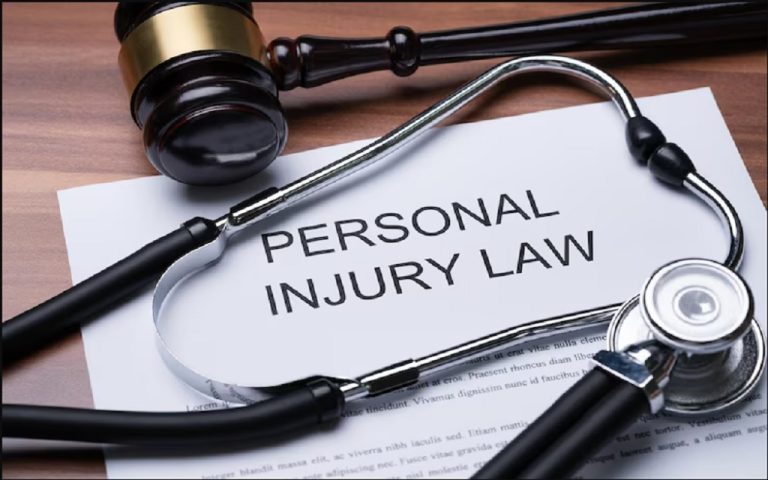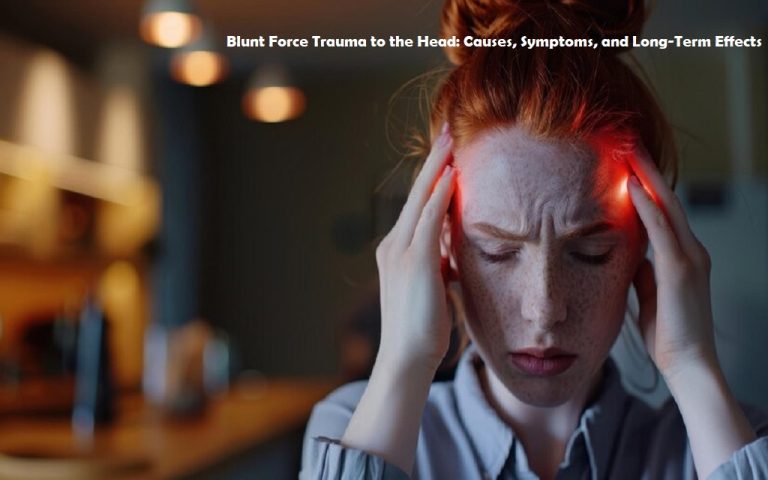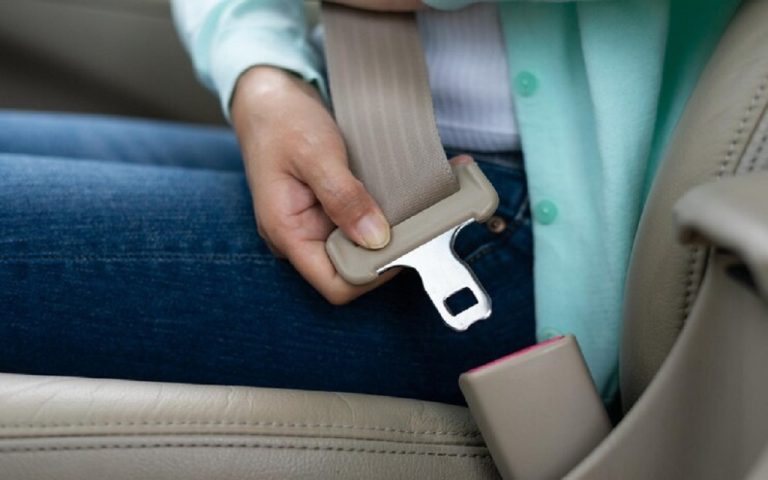California is a state that is at fault for car accidents without insurance. This means that the driver responsible for the accident is typically liable for damages. However, things can get complicated when the at-fault driver needs insurance.
Understanding Your Rights in California
California is a state that is at fault for car accidents. This means that the driver responsible for the accident is typically liable for the damages caused. However, things get complicated when the at-fault driver needs to carry insurance.
What Happens If You’re Not at Fault But the Other Driver is Uninsured?
Even if you’re not at fault for the accident, being connected to a collision driver with no insurance can be a stressful and financially frustrating experience. Here’s what you need to know:
- Uninsured Motorist (UM) Coverage: If you have UM coverage on your insurance policy, it can help cover your losses. This coverage begins when the at-fault driver doesn’t have insurance.
- Underinsured Motorist (UIM) Coverage: Similar to UM, UIM coverage protects you if the at-fault driver’s insurance limits are insufficient to cover your damages.
- Personal Injury Protection (PIP): If you have PIP coverage, it can help cover medical costs, lost earnings, and other expenditures incurred by the at-fault driver, regardless of who caused the accident.
- Filing a Claim: If you don’t have UM or UIM coverage, you may need to file a personal injury lawsuit against the insurance driver to recover damages. This can be a lengthy and complex process.
How Is Car Accident Fault Determined in California?
California is a stressful state when it comes to car accidents. This indicates the driver who caused the accident is typically responsible for the damages. However, there are two primary ways to prove fault in a California car accident:

1: Negligence
To prove negligence, it must be shown that the other driver:
- To drive safely, one has a duty of care
- Breached that duty (by driving recklessly or carelessly)
- Caused the accident
- The accident resulted in damages
2: Violation of a Statute
If the other driver breaks a traffic law, this can prove negligence. This is known as statutory negligence.
Factors that can Influence Fault Determination:
- Firstly, Witness testimonies
- Secondly, Police reports
- Next, Physical evidence (skid marks, vehicle damage, etc.)
- Traffic camera footage
- Lastly, Expert witness testimony (accident reconstructionists)
The Challenges
Even with insurance coverage, recovering damages from an uninsured driver can be lengthy and frustrating. You may need to file a claim with your insurance company, which can be time-consuming and stressful. Additionally, the payment you receive may be limited by your policy’s coverage limits.
Seeking Legal Help
If you’ve been in an accident with an uninsured driver, consulting with an experienced car accident attorney is highly recommended. A lawyer can help you realize your legal choices, gather evidence, negotiate with insurance companies, and represent your interests in court if necessary.
Kinds of Car Collisions
While accidents can range in severity, even slight incidents can cause long-term damage. Contact our office to discuss your rights and duties following an automobile accident.
The typical types of car accidents are as follows:
- Rollover Accidents: These are among the most devastating. They usually result in severe injuries and permanent car damage.
- Rear-end crashes: Rear-end accidents are prevalent in big cities. The sudden effect may cause severe injuries like traumatic brain injuries, neck and back pain, as well as whiplash.
- Truck accidents: Because the city is a central transportation hub, 18-wheelers and semi-trucks are expected on area highways. Truck crashes may cover tire blowouts, improperly secured cargo, and jackknifes.
- Head-on collisions: These are other severe auto accidents that often outcome in catastrophic injury or death. Head-on collisions may be caused by different factors, such as driving under the influence and wrong-way driving.
- Construction accidents: Work areas or highway construction places must be clarified for any driver. Many work zone accidents result from driver inattention and speeding.
- Side-impact crashes: These types of crashes typically occur when one driver stops, runs a red light, and hits another car.
Determining fault is not your job if you are involved in a car accident. Hiring a lawyer in Los Angeles is the best approach to ensuring that the proper party is held responsible for your injuries, even if you are partially at fault for the accident or may be at fault.
Protecting Yourself
To protect yourself from the financial results of an accident without an insurance driver, consider the following:
- Purchase UM and UIM coverage: Adding these to your insurance policy can provide essential protection.
- Review your policy: Understand the limits and coverage of your insurance policy.
- Document the accident: Gather as much information as possible, including the other driver’s information, police reports, and photos of the damage.
- Seek legal advice: Consulting with an experienced car accident attorney can help you recognize your privileges and options.
Preventing Future Problems
To save yourself from the financial outcomes of an accident without an insurance driver, consider the following:
- Increase Your Coverage Limits: Consider raising your UM and UIM coverage limits to ensure adequate protection.
- Review Your Policy Regularly: Understand the terms and conditions of your insurance policy to know what coverage you have.
Conclusion!
Remember, being affected by car accidents without insurance can be a stressful experience, but having suitable insurance security and taking the necessary steps can help you save yourself financially. Being affected by a car accident is never easy, and dealing with an uninsured driver can make the process even more difficult. Understanding your rights, investigating available coverage options, and seeking legal advice when necessary can increase your chances of receiving a fair payment for your losses.
Note: This article is made for general informational purposes only and includes no legal guide. You should consult with a lawyer for guidance about your specific situation.




